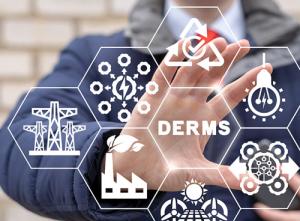PwC
Mark Hoffman is an advisor to executives in the Energy, Chemicals, and Utilities sector for Strategy&, PwC’s strategy consulting group. Based in Houston, he is a principal with PwC U.S. He focuses on the utilities industry, where he specializes in operations improvement (e.g., transmission and distribution productivity and asset management), smart grid strategy and pre- and post-merger integration.
Jared Kraay is a Senior Associate for PwC Strategy&, specializing in Operations Strategy with a focus on Power & Utilities. Based in Boston, he has assisted utility executives in operating model design, technology transformation, and field service excellence.
The growth of Distributed Energy Resources (DER) creates complexity for power markets and regulators. At the same time, DER growth presents an opportunity for utilities to capitalize on new generation sources to meet customer and regulatory demands. To better manage the rise in connections to the grid, utilities should consider implementing a Distributed Energy Management System, or DERMS, that can aggregate, and in some cases, control customer-owned assets.
Growth of Customer-Owned DER

Customer-owned DER will present the largest opportunity for utilities to harness the power of distributed generation in the near-term. Climate awareness, energy price fluctuations, and decreasing installation costs have already increased DER generation capacity by thirty-four percent from 2016-2020. By contrast, utilities have been slow to catch up: utility-scale solar as a percentage of total generating capacity has remained flat since 1990 (0.1 percent growth from 1990-2021), according to the U.S. Energy Information Administration.
Technological and Regulatory Changes
Technological and regulatory changes will prompt utilities to sharpen their DER strategy and consider the tools to implement it.

